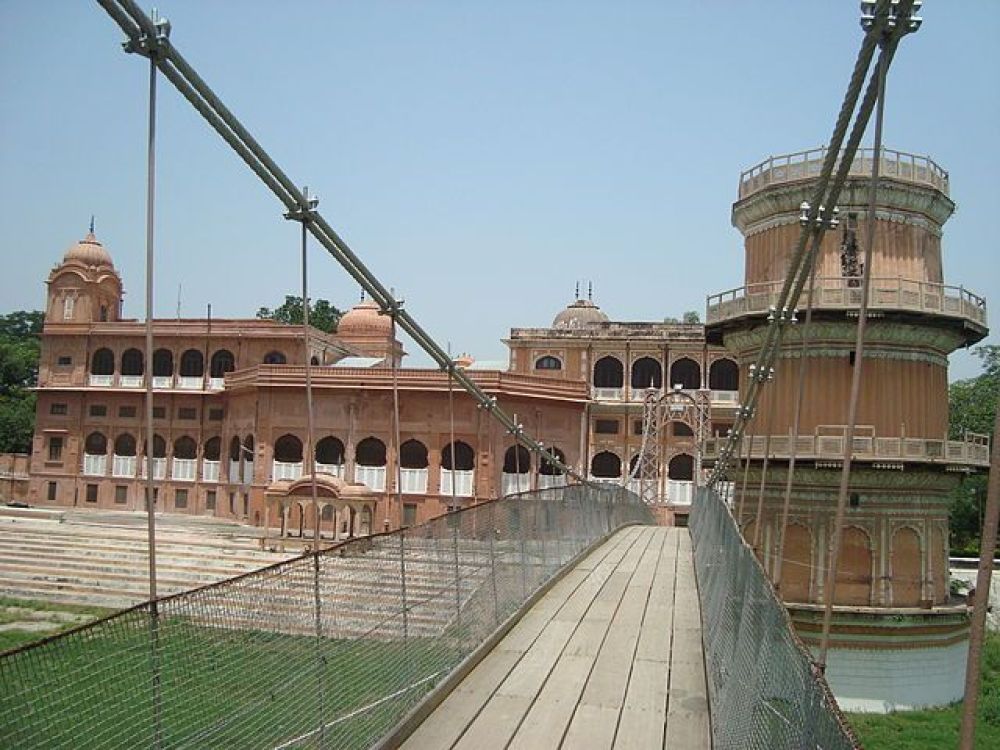

The city of Patiala, with its royal past and architectural splendor, has always been a beacon for tourists interested in the rich tapestry of Indian history and culture. Patiala's vibrant tourism scene blossomed with the establishment of princely states and the grandeur of Maharajas, who were keen on showcasing their magnificence and patronage of the arts. Over the years, Patiala has transformed into a destination that offers a unique blend of tradition and modernity to its visitors.
Lachman Jhoola is a lesser-known yet historically significant attraction in the heart of Patiala. It is a suspension bridge located in the Sheesh Mahal complex and was built during the reign of Maharaja Bhupinder Singh in the early 20th century. This bridge was fashioned after the famous Jhoola (swing) bridges of Rajasthan and was primarily a recreational feature for the royal families. The Jhoola was named after Lachman, a beloved aide of the Maharaja.
The bridge spans a beautiful man-made lake within the Sheesh Mahal complex and is flanked by well-maintained gardens, making it a picturesque site. The presence of Lachman Jhoola adds to the romantic and idyllic setting of the complex and serves as a testament to the grand lifestyle of Patiala’s royal inhabitants. It not only offers a scenic spot for visitors but is also an example of the excellent craftsmanship of the era. Despite its historical significance, Lachman Jhoola remains one of Patiala's hidden gems, often overshadowed by other popular attractions in the area.
In recent years, Patiala has seen a shift in tourism trends, with a growing emphasis on experiential and immersive travel. Tourists are increasingly seeking out authentic experiences that allow them to connect with the local culture, cuisine, and heritage. This has led to a rise in heritage walks, cultural festivals, and culinary tours in the city.
Sustainable tourism has also started to gain traction with more emphasis being placed on the preservation of historical sites and local ecology. Efforts are being made towards maintaining the pristine condition of landmarks such as the Lachman Jhoola and its surroundings for future generations to enjoy.
Tourists visiting Lachman Jhoola are recommended to combine their trip with a visit to the Sheesh Mahal and the adjoining Lakshman Jhoola garden, where the beauty of the Rajput and Mughal architectural styles can be fully appreciated. The best times to visit are during the cooler months of October to March, when the weather is pleasant for outdoor exploration.
Despite being an off-the-beaten-path attraction, Lachman Jhoola holds a special place in the heart of Patiala's history. As more travelers seek out unique destinations, it is likely that sites like this will gain greater prominence. For now, Lachman Jhoola remains a serene escape that rewards the curious traveler with a glimpse into the opulent past of one of India's princely states.